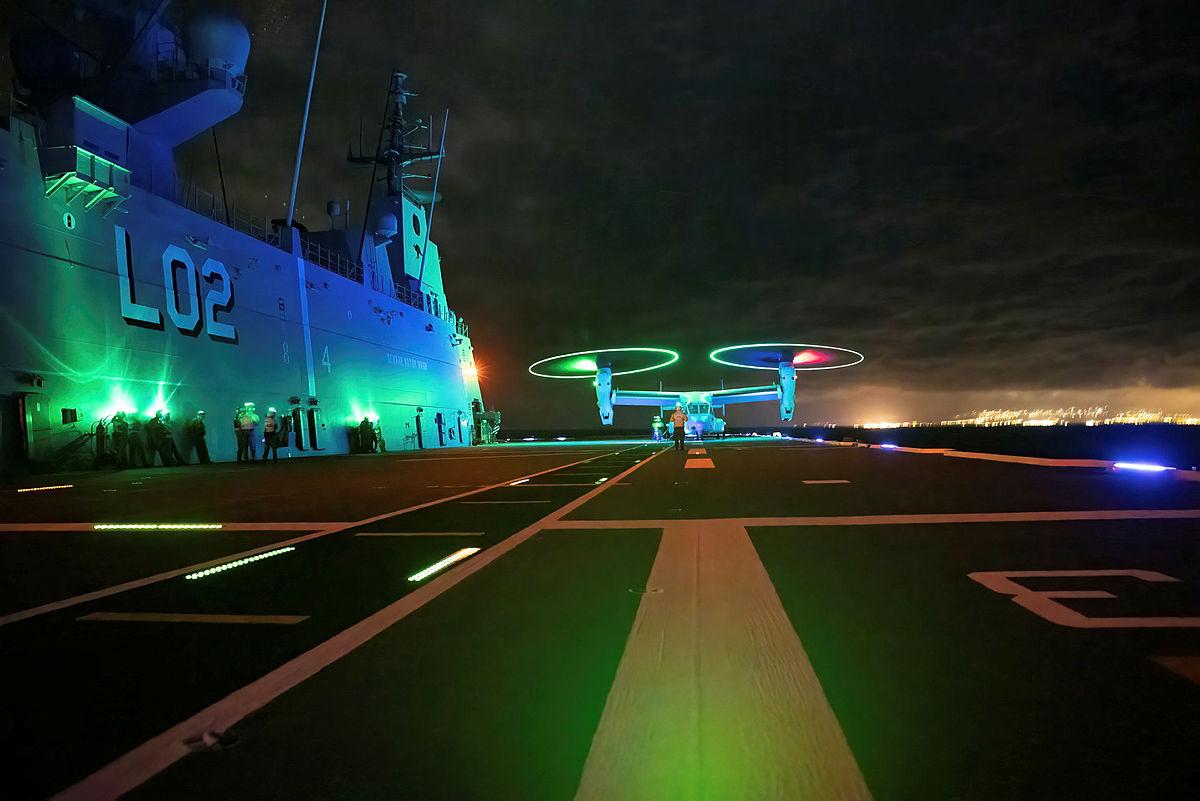
Nuclear weapons are once more a serious political issue. They seem likely to be a topic of close discussion at next week’s AUSMIN talks, especially after Washington’s recent concerns that the Albanese government might seriously be considering signing and ratifying the UN Treaty on the Prohibition of Nuclear Weapons (TPNW). That’s an area where Australian ministers will be treading carefully. What’s the basis for the US concerns, and how can Australia best address them?
Unbeknownst to most Australians, there’s a silent battle being waged at the heart of Australian strategic policy. It’s a battle over nuclear deterrence. Traditionally, Australian governments have offered bipartisan support to the doctrine. Coalition governments may have done so a little more enthusiastically than their Labor counterparts, but Labor leaders have put their shoulders to the wheel when required. Gloomy security environments have been a spur to hard choices. Parliamentary debates from the latter half of the 1980s, for instance, are riddled with proclamations of support for nuclear deterrence, in the wake of New Zealand’s anti-nuclear defection from ANZUS.
Still, the current debate is more than a rehearsal of old positions. Nuclear weapons have returned suddenly to strategic prominence after 30 years of relative obscurity. Both governments and publics have lost the muscle memory of nuclear deterrence—how it works and why it’s important. Moreover, advocates of nuclear disarmament have used nuclear deterrence’s ‘downtime’ to build a better-organised campaign against nuclear weapons.
A central plank in that campaign has been the drafting of the TPNW. Back when Labor was in opposition, many of its members happily signed ‘pledges’ to support the signature and ratification of the treaty if the party won government. Anthony Albanese was among the federal parliamentarians so pledging, and one of the keenest exponents of nuclear disarmament. It was he who formally proposed the motion at Labor’s national convention in 2018 to include in the party’s national policy program a commitment to join the treaty when Labor was in government.
True, that commitment was hedged with a range of caveats and conditions. And so far the government hasn’t signed and ratified the treaty. But in a recent vote at the UN, Australia changed its position on the TPNW from one of opposition to the treaty to one of abstention—simultaneously emboldening disarmament supporters and alerting Washington to the prospect of an Albanese government breaking ranks. Hence the US government’s recent reminder, pointing out that membership of the TPNW would be incompatible with the US’s extended deterrence relationships with its allies.
So, is Australia likely to sign and ratify the TPNW? Well, there are certainly some grounds for concern. For example, six of the nine ‘key people’ on the National Security Committee of cabinet have signed pledges of support (Albanese, Chris Bowen, Mark Dreyfus, Clare O’Neil, Katy Gallagher and Pat Conroy have pledged; Richard Marles, Penny Wong and Jim Chalmers haven’t; full list here). And the International Campaign to Abolish Nuclear Weapons (ICAN), the architect of the pledge strategy, has been lobbying intensely in favour of Australia’s joining the TPNW.
But becoming a party to the TPNW would precipitate the mother of all train wrecks in Australian strategic and defence policy. It would delegitimise not merely nuclear weapons but nuclear deterrence itself, including the nuclear umbrella under which 30-plus countries currently shelter. That would put Australia at odds with its major ally and many of its security partners. Canberra would have to tell Washington that while it was happy to be defended by US conventional forces—indeed, to the last marine—it was opposed to being defended by the use, or even the threat of use, of US nuclear weapons. That’s remarkably like the message New Zealand tried to sell in the mid-1980s, and it didn’t retail well in Washington.
ICAN has recently begun to campaign for a policy that would restrict US B-52s temporarily rotating through northern Australia to that group of aircraft confined to conventional missions. That’s reminiscent of NZ Labour leader David Lange telling US Secretary of State George Schultz in 1985 that New Zealand would not accept a port visit by USS Buchanan, but would welcome a visit by an Oliver Hazard Perry–class frigate. The Kiwis were told no, the Oliver Hazard Perry–class frigates did not constitute a separate non-nuclear US navy that could be exclusively devoted to New Zealand’s protection.
Still, the fact that ICAN thinks like the Lange government doesn’t mean the Albanese government does too. The arithmetic of the National Security Committee may not look encouraging, but remember the old rule: gloomy security environments spur hard choices. (The Americans would say that when the going gets tough, the tough get going.) Australia has deep equities in its security relationship with the US, and it’s not about to throw them away. Australia in 2022 is not New Zealand in 1985.
There’s a serious conversation about nuclear weapons to be had at AUSMIN. But it’s not one focused on Australia’s potentially joining the TPNW. Rather, there’s an entire spectrum of potential discussion topics ranging from what evolving extended deterrence relationships might look like in coming decades to whether or not it is going to be possible to reduce the salience of nuclear weapons in Western strategy.
We live in a time of escalating nuclear threats, whose source can be traced principally to the revisionist agendas of autocratic powers. Unilateral Western nuclear disarmament isn’t the answer. Indeed, it would only make the situation worse.